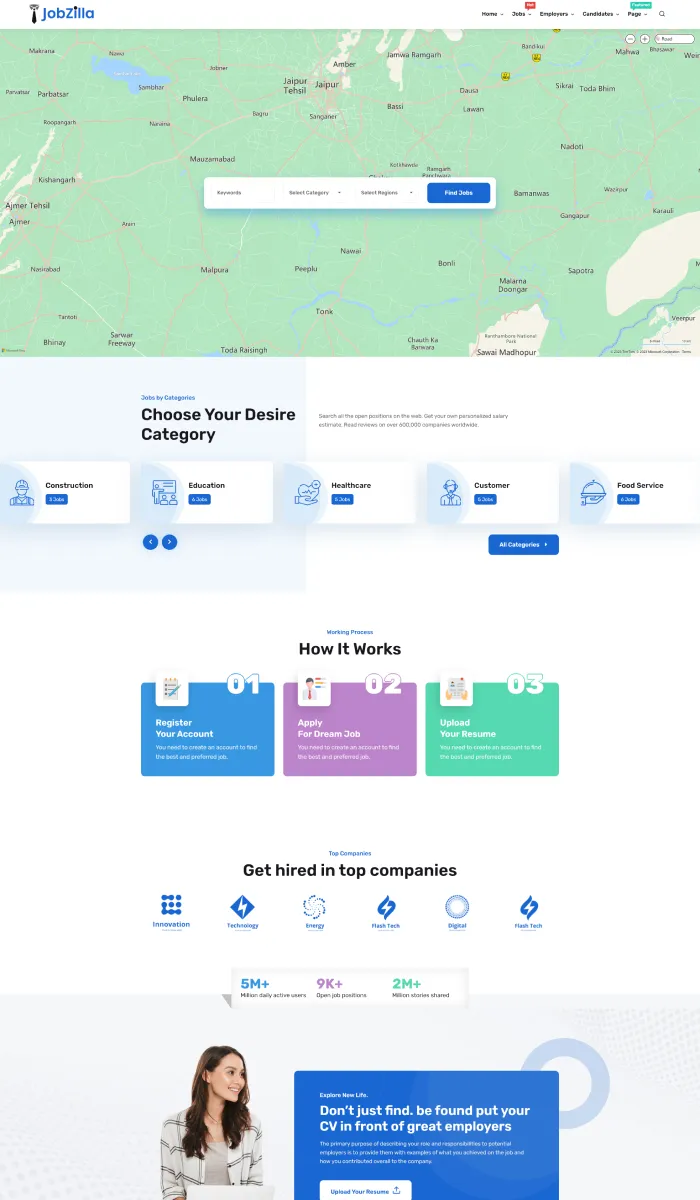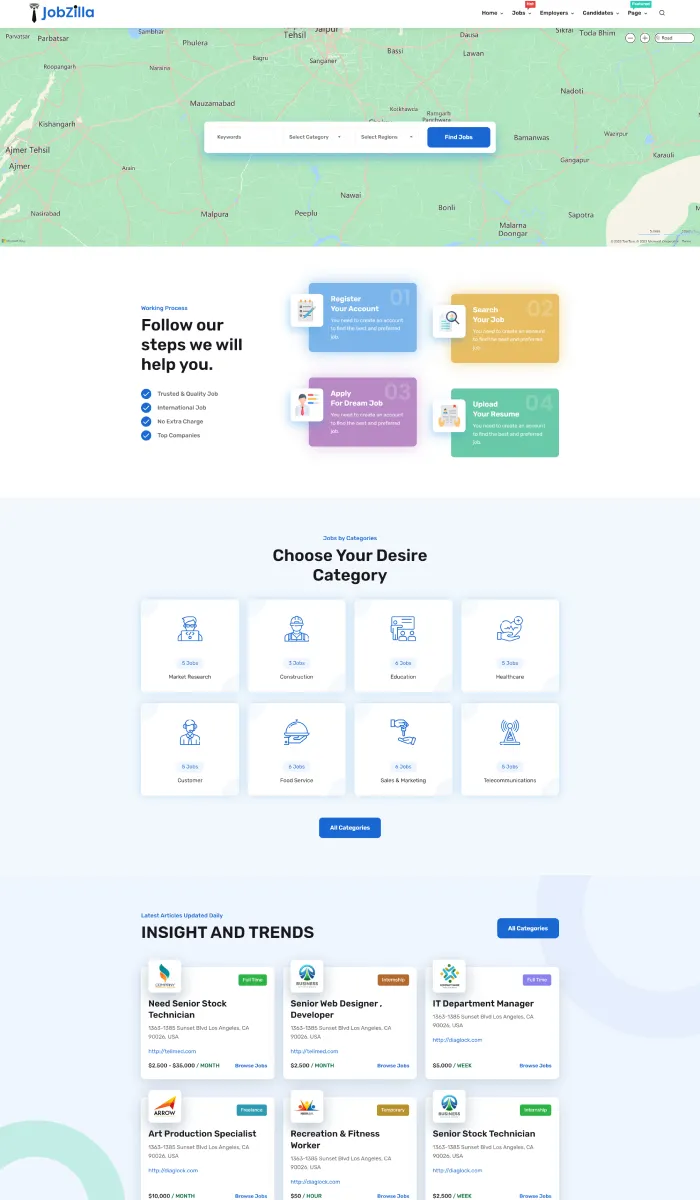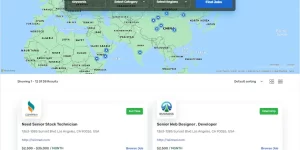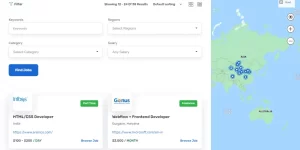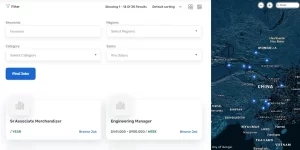How Fishing Shapes Our Environment and Economy 11-2025
Fishing is one of humanity’s oldest and most vital activities, sustaining billions of lives and shaping ecosystems across the globe. With an estimated 80 million people directly engaged in fishing—from small-scale coastal communities to industrial fleets—its influence extends far beyond food and livelihoods. The environmental footprint of fishing, once marked by overharvest, habitat destruction, and bycatch, is now being transformed through innovation, community wisdom, and global cooperation.
Technology and Conservation in Harmony
Advances in gear technology and real-time data systems are redefining sustainable fishing. Selective fishing gear such as modified trawls with escape panels reduce bycatch by up to 70%, protecting non-target species and juvenile fish critical for stock recovery. Acoustic monitoring and satellite-based vessel tracking enable dynamic ocean zoning, allowing fishers to avoid sensitive areas like spawning grounds. These tools not only minimize ecological damage but also increase operational efficiency, aligning economic viability with marine stewardship.
Economic Pressures Drive Adaptive Innovation
Fishing communities face mounting economic pressures from fluctuating stocks and regulatory constraints. In response, fishers and coastal economies are adopting smarter practices, such as quota-based fishing and gear-sharing cooperatives, to sustain yields without depleting resources. Case studies from the North Atlantic show that fleets using real-time catch data and adaptive management increased long-term profitability by 25% while reducing overfishing risks.
Indigenous Knowledge and Co-Management Success
Communities with generations of ecological insight—such as Pacific Island fishers and Indigenous coastal groups—play a pivotal role in sustainable stewardship. Their traditional practices, including seasonal closures and sacred marine areas, complement modern science. Co-management models, where local fishers share authority with governments, have revived depleted stocks in places like Alaska’s halibut fisheries and New Zealand’s snapper zones, proving that community-led governance strengthens both conservation and economic resilience.
Certification and Global Market Incentives
Eco-certifications like the Marine Stewardship Council (MSC) serve as powerful market drivers, rewarding sustainable practices with premium access and consumer trust. Since 2010, MSC-certified fisheries have expanded from 5% to over 20% of global wild-caught seafood, demonstrating that environmental responsibility translates into economic advantage. However, enforcement across diverse jurisdictions remains uneven, requiring stronger international collaboration and transparency to close compliance gaps.
Diversifying Livelihoods for Economic Resilience
Relying solely on wild capture risks long-term instability. Forward-thinking fishers are diversifying through integrated aquaculture and eco-tourism, creating steady income streams beyond seasonal catches. In Southeast Asia, community-run sea turtle sanctuaries attract eco-tourists, generating revenue that supports conservation and local employment. Such models prove sustainable fishing is not just about preserving stocks, but about building robust, adaptive economies rooted in ocean health.
The Path Forward: Integrating Innovation and Stewardship
The future of fishing hinges on weaving together technological innovation, community wisdom, and global policy. As climate change shifts fish distributions and intensifies ecosystem stress, adaptive strategies—such as AI-driven stock assessments and mobile-based monitoring—will be essential. The parent article How Fishing Shapes Our Environment and Economy reveals that sustainable fishing is not a choice between people and the planet, but a balanced approach where both thrive. By empowering fishers, respecting traditional knowledge, and aligning markets with ecological limits, we forge an ocean economy that endures.
*“Sustainable fishing is not just about what we take, but how we protect the ocean’s capacity to give back.”* – Integrated fisheries management principles
| Key Pillars of Sustainable Fishing | Description |
|---|---|
| Technology Innovation | Selective gear and real-time tracking reduce bycatch and protect habitats. |
| Community Stewardship | Local knowledge and co-management sustain stocks and livelihoods. |
| Policy & Certification | International agreements and eco-labels drive global accountability. |
| Economic Diversification | Aquaculture and eco-tourism create resilient income streams. |
- Innovation must be grounded in local realities to ensure adoption and equity.
- Community-led governance strengthens both ecological and economic resilience.
- Policy and certification create trust, but require consistent enforcement across borders.
*“The health of fisheries reflects the health of our oceans—and our futures depend on how well we steward both.”* — From the parent article on how fishing shapes our environment and economy



















